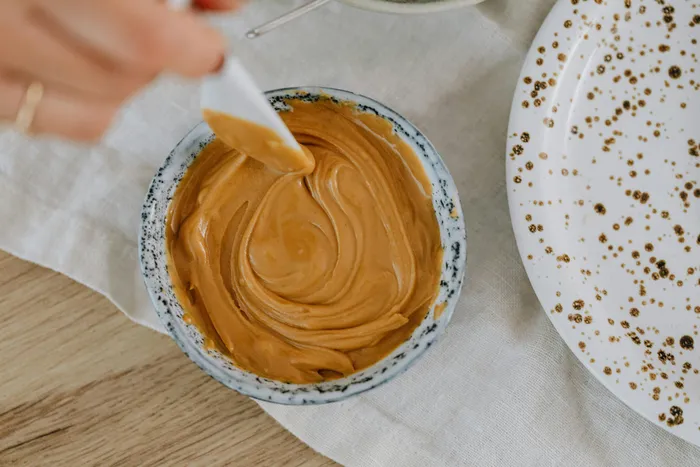How long does peanut butter stay fresh after opening?

Tips on how to store peanut butter and it's shelf life to prevent it from going bad.
Image: Pexels/Karolina Grabowksa
Peanut butter is a household favourite for good reason. Whether it’s spread on toast, swirled into a smoothie, or spooned straight from the jar, it’s one of those staples many of us always keep in the cupboard.
But how often do we actually check if it’s still fresh?
Like many others, I once assumed peanut butter could last forever - until I opened a jar one morning and was hit with a rancid smell. It was an unpleasant wake-up call and a reminder that even this pantry hero has a shelf life.
If you've ever stood at your kitchen counter wondering if your peanut butter has passed its prime, you're not alone.
Here’s everything you need to know about how long it lasts, how to store it properly, and how to spot when it’s time to toss it.
Natural vs processed peanut butter: What’s the difference?
Processed peanut butter
This is what most of us grew up with - usually contains added sugar, salt, and stabilisers like hydrogenated oils.
These help extend its shelf life and keep the oil from separating. It’s easy to store and stays fresh for months in the pantry, even after opening.
Natural peanut butter
Natural peanut butter is usually made from just peanuts and sometimes a little salt. It doesn’t contain preservatives or stabilisers, so the oil naturally separates and rises to the top - which means you’ll need to stir it before each use. It’s often the healthier choice, but it doesn’t last as long and needs more careful storage.
How long does it last after opening?
Once opened, how you store your peanut butter makes all the difference.
Processed peanut butter
In the pantry, it stays good for around 3 to 6 months. In the fridge you can stretch that to up to 9 months. It’s best to keep it cool and away from heat, which can speed up spoilage.
Natural peanut butter
At room temperature, it should be used within 3 weeks. In the fridge, it can last up to 2 months. If you want it to last even longer, freeze it. It will keep for about 6 months. Just defrost it overnight in the fridge before it using again.
Always check the label for storage instructions, as some brands specifically advise refrigeration after opening, while others don’t.
Signs your peanut butter has gone off
- Rancid smell
- Strange taste.
- Odd texture or dark spots
- Excess oil separation
So the next time you dig into that forgotten jar at the back of your fridge or cupboard, take a moment to check. Your tastebuds will thank you.
IOL Lifestyle
Get your news on the go, click here to join the IOL News WhatsApp channel.
Related Topics: